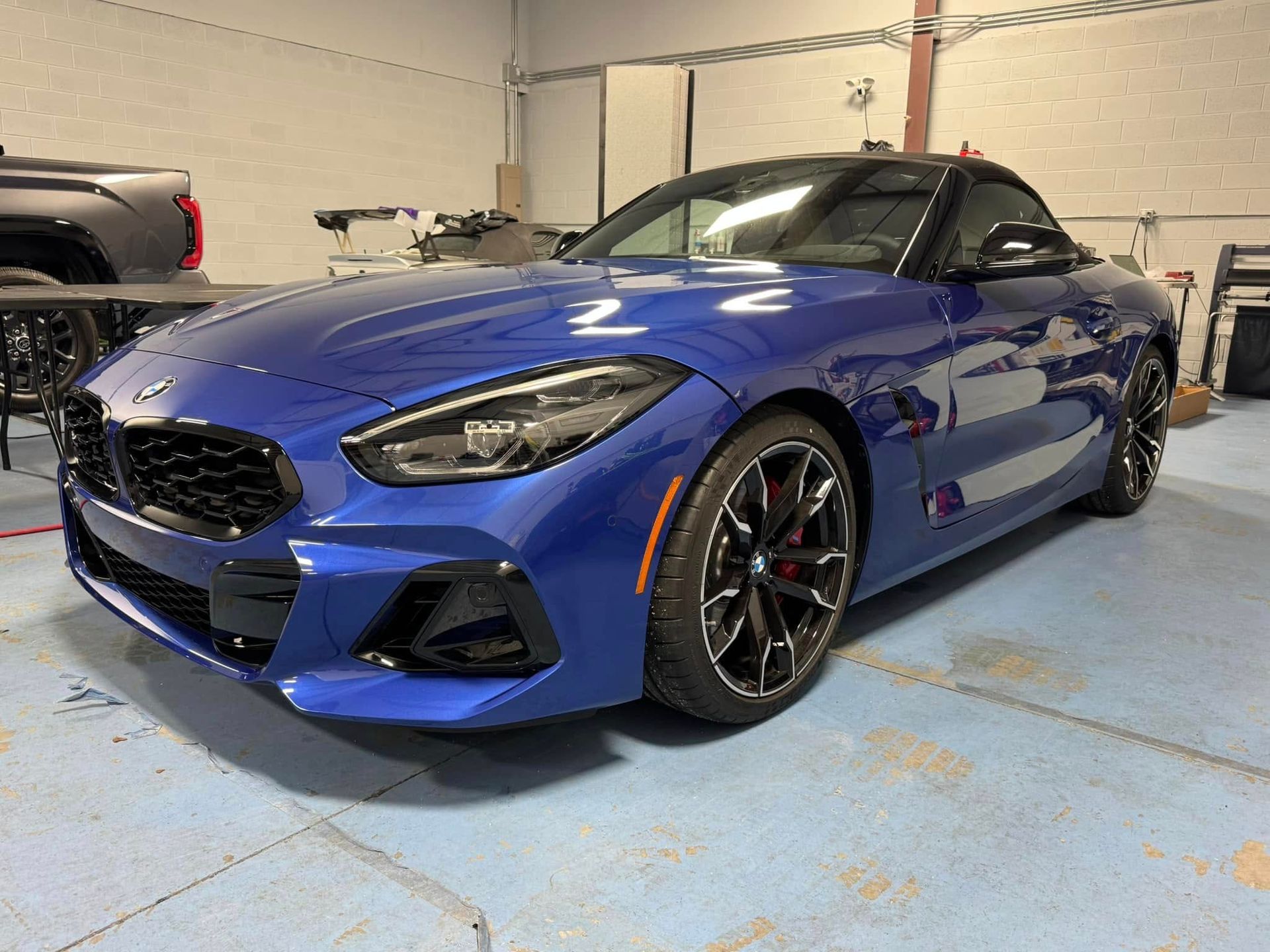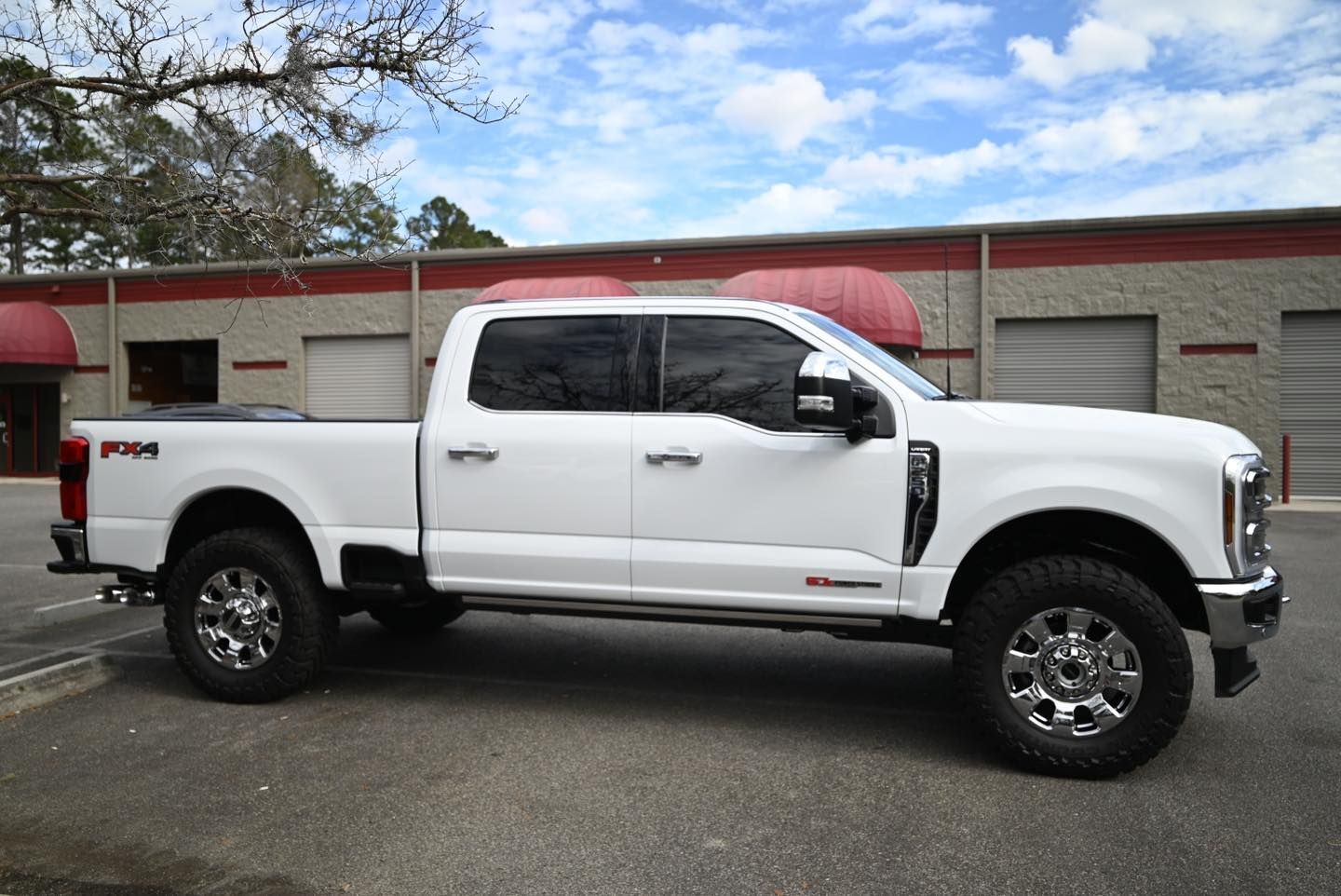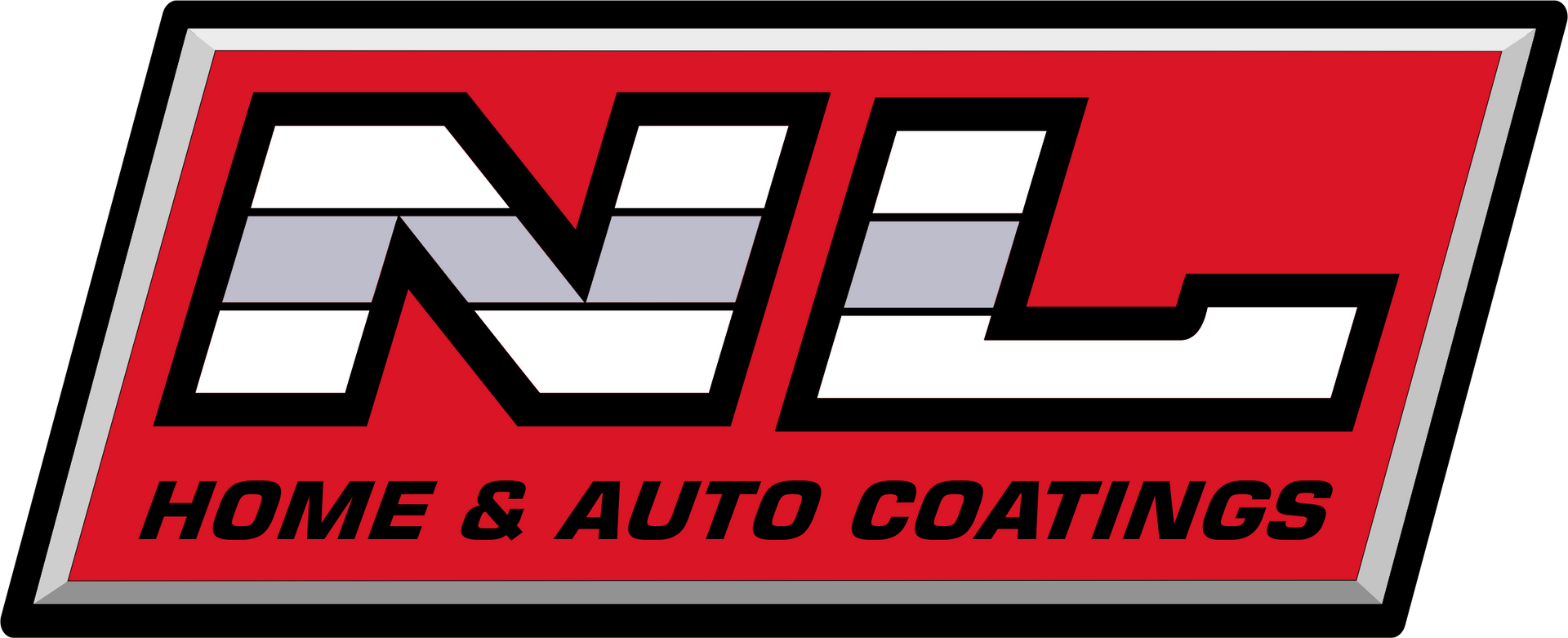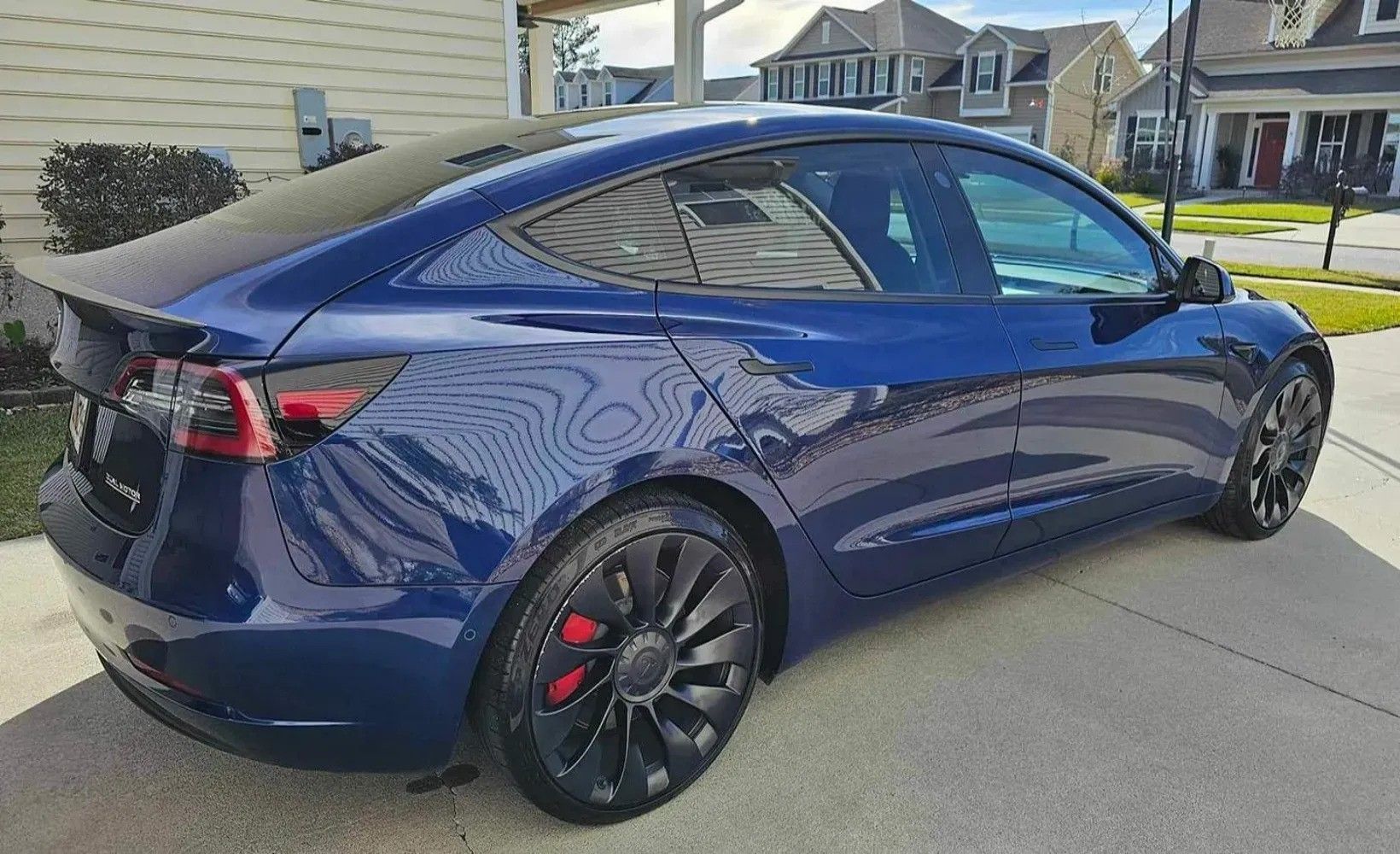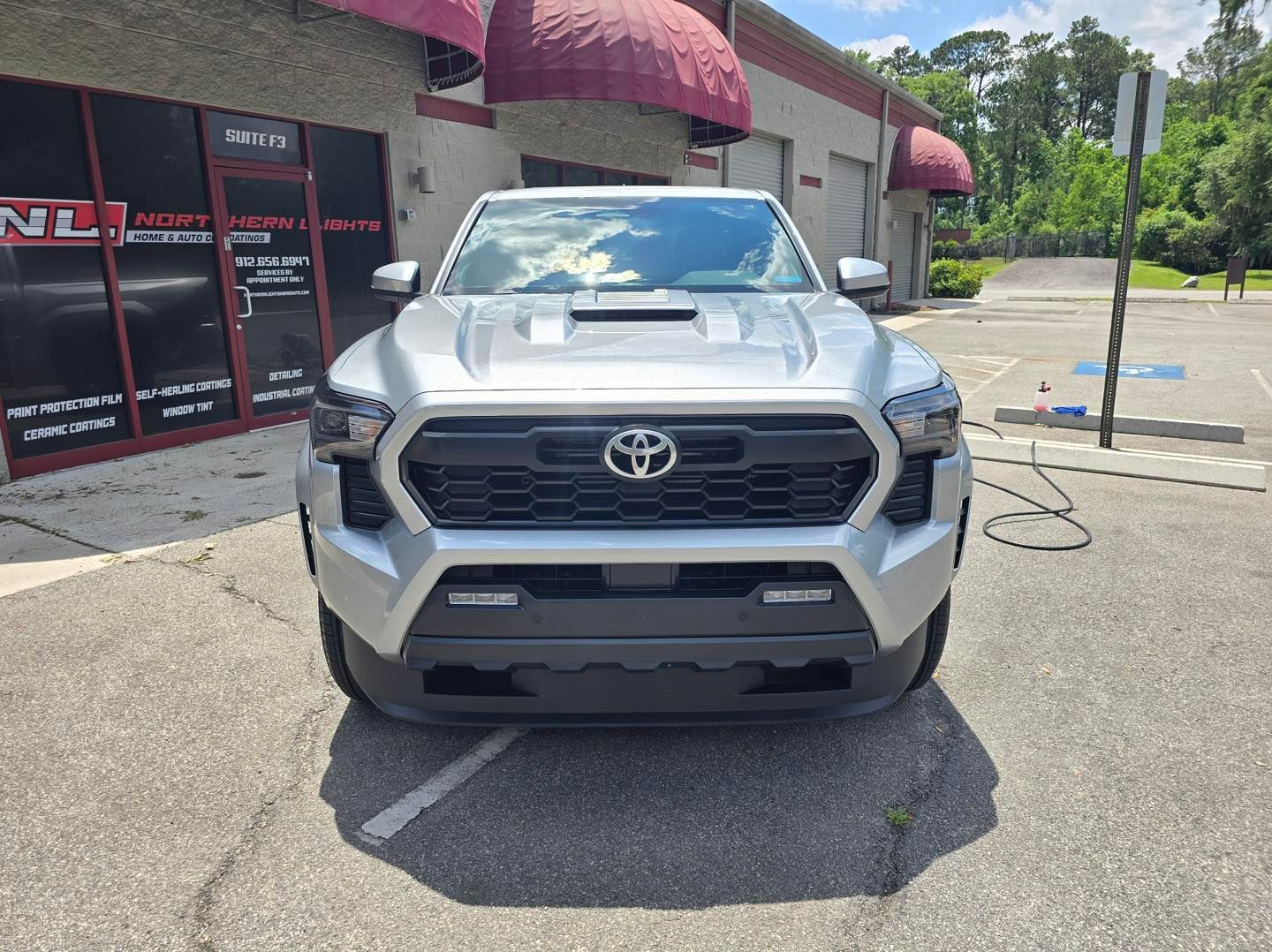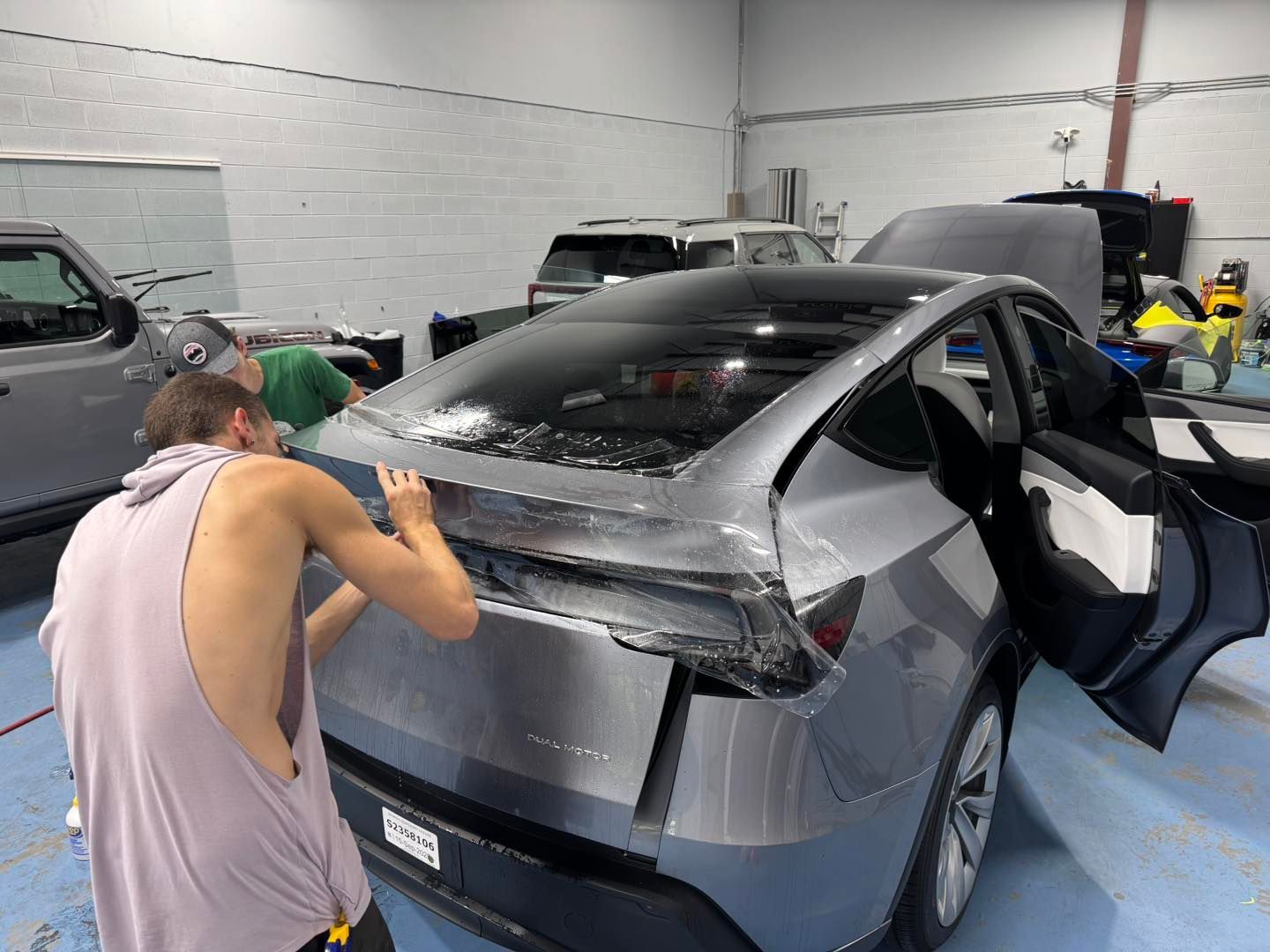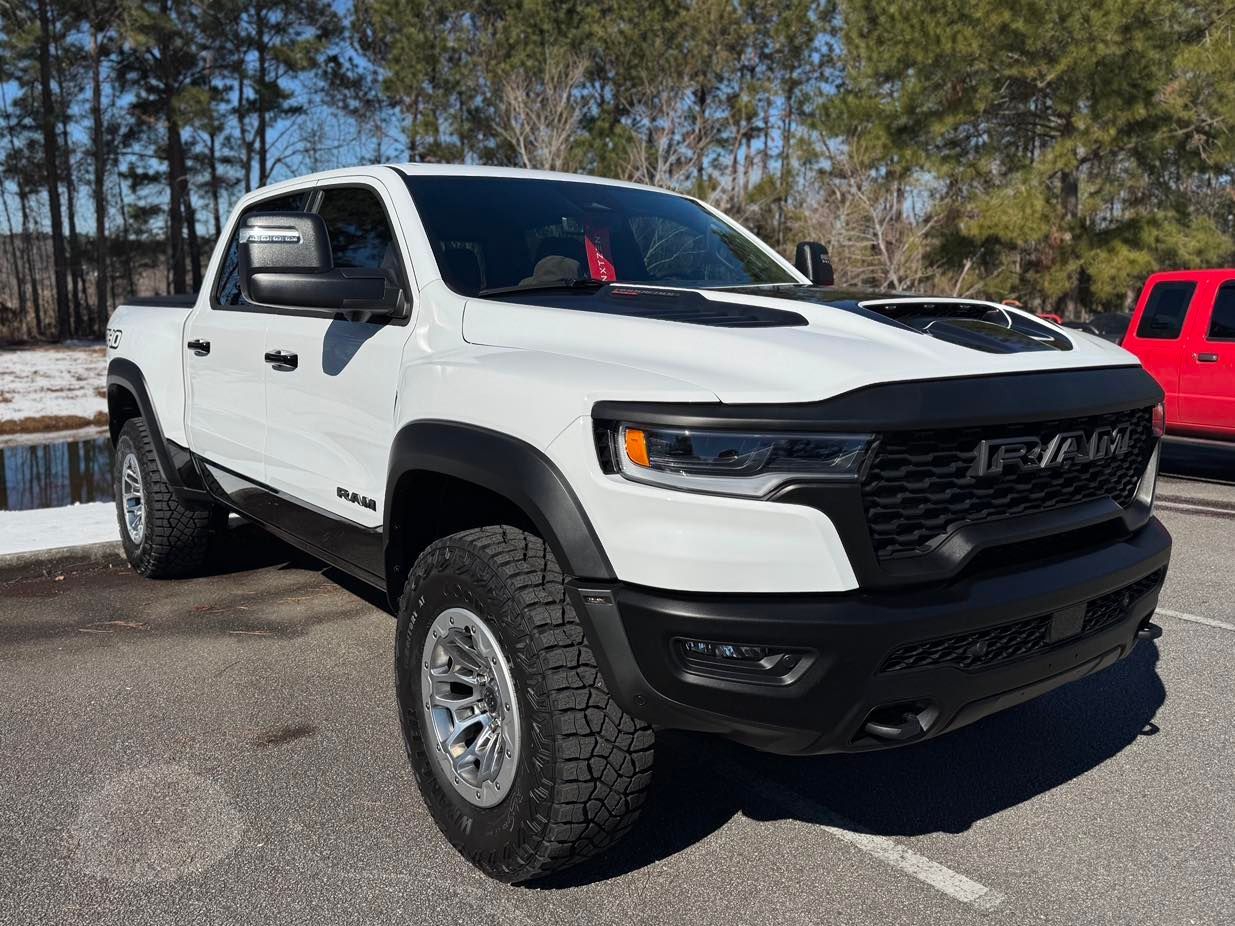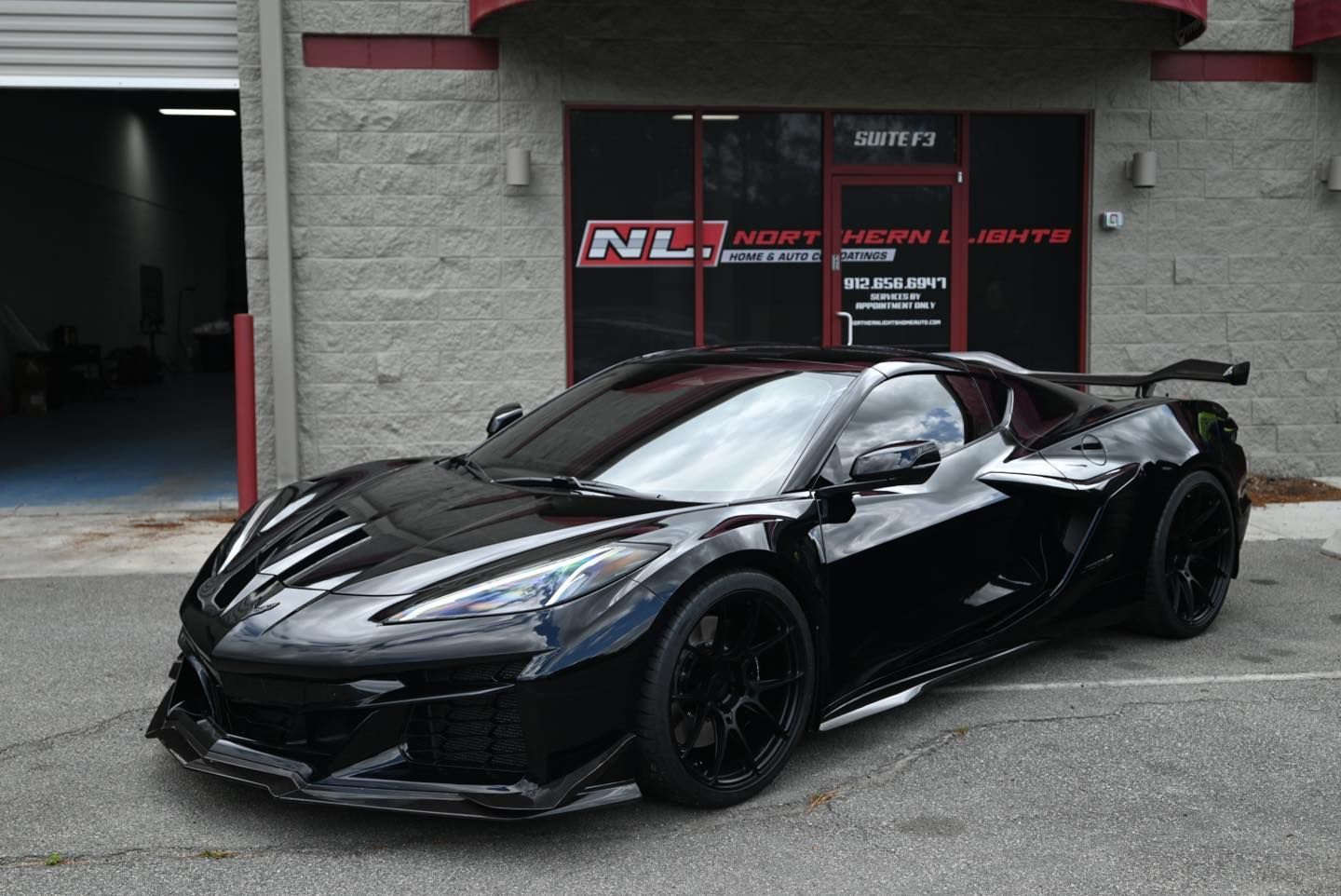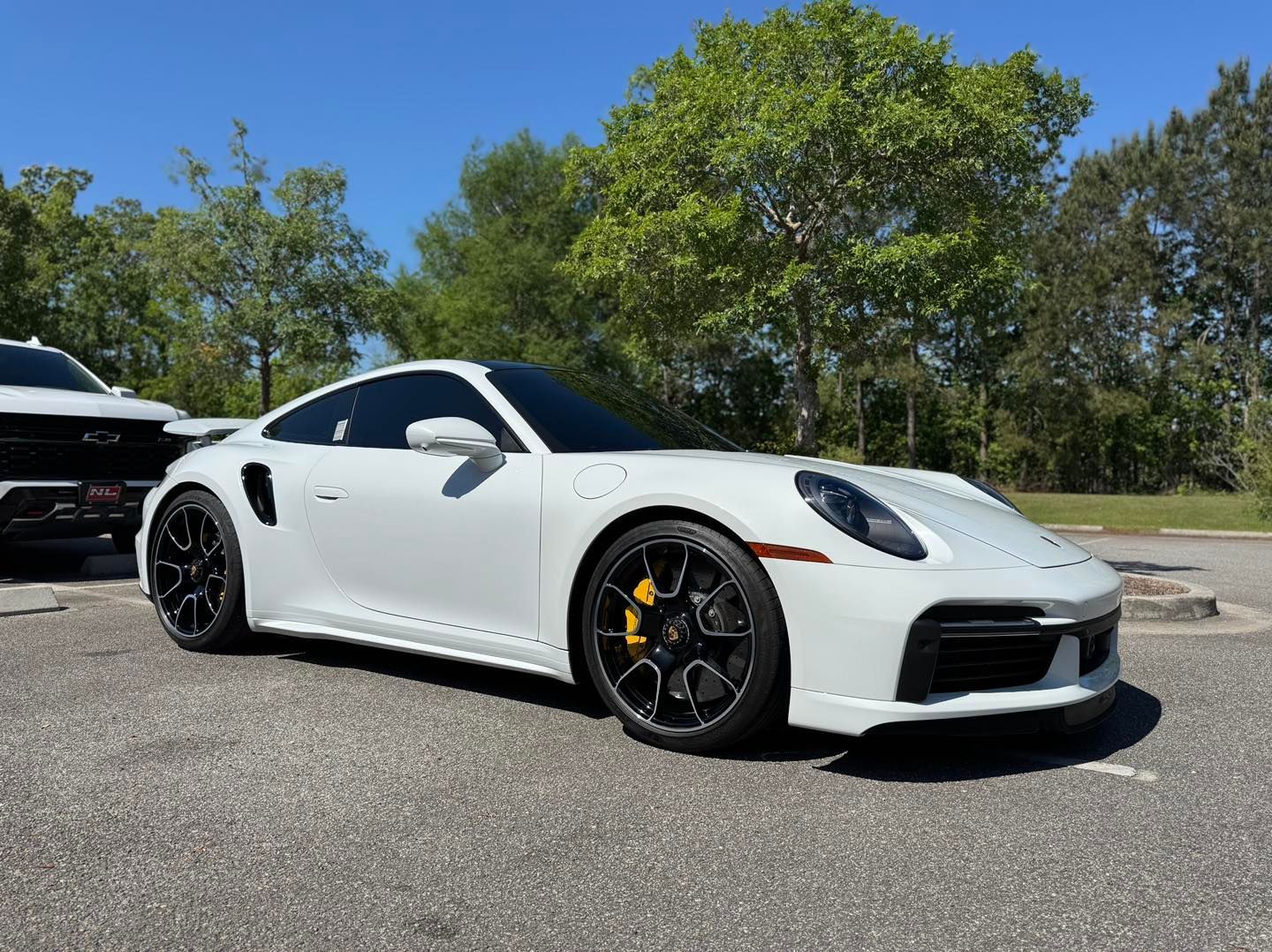How to Protect Your New Vehicle: Top Tips for Safety and Security
Purchasing a new vehicle is an exciting investment, and naturally, you want to keep it looking pristine for as long as possible. However, exposure to sunlight, dirt, road debris, and environmental contaminants can quickly degrade your car's appearance. To ensure your vehicle remains in top condition, professional detailing, ceramic coating, paint correction, and polishing services are essential.
At Northern Lights Home & Auto Coatings, we specialize in comprehensive vehicle protection services designed to preserve your car’s paint, enhance its shine, and protect it from daily wear and tear. In this blog, we’ll take an in-depth look at the best methods to protect your new vehicle and maintain its showroom-quality finish.
Protection for Your New Vehicle
New vehicle protection service offers professional protection solutions, including full detailing, ceramic coating, paint correction, and polishing to keep your car looking showroom-new.
1. Full Vehicle Detailing: The Foundation of Car Protection
Regular detailing is the first step in maintaining the appearance and longevity of your vehicle’s paint. Unlike a standard car wash, professional detailing involves a meticulous cleaning process that removes dirt, grime, and contaminants from every surface of your vehicle.
Routine detailing not only keeps your vehicle looking brand new but also prevents contaminants from causing long-term damage to the paint and interior.
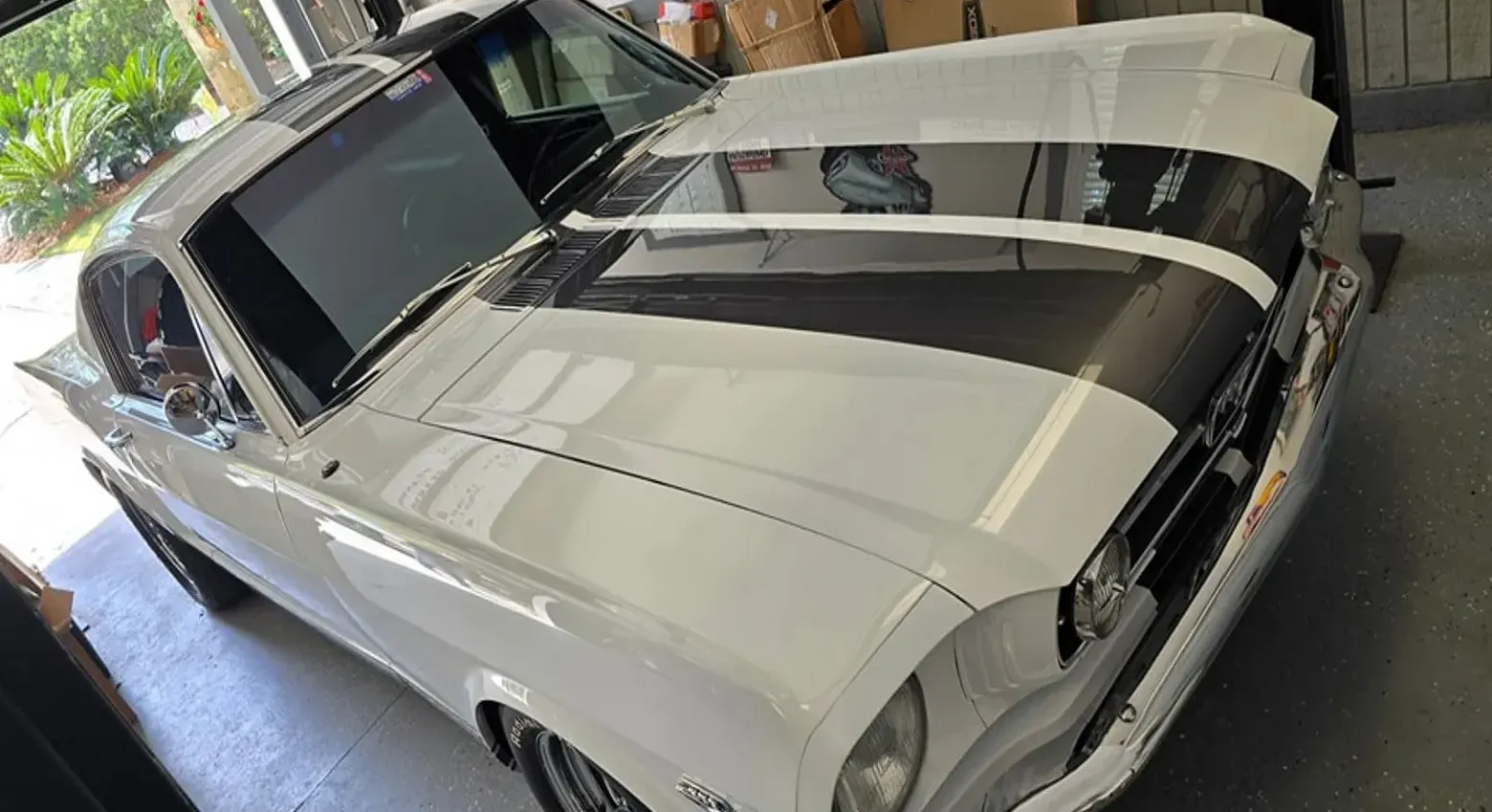
2. Ceramic Coating: The Ultimate Shield for Your Paint
While waxing provides temporary protection, the ceramic coating offers a long-lasting, durable shield against environmental damage. This advanced protective layer bonds to your car’s paint at a molecular level, creating a hydrophobic (water-repelling) surface that enhances gloss and resists dirt, scratches, and UV rays.
At Northern Lights Home & Auto Coatings, we use premium ceramic coatings that provide superior protection and a high-gloss finish. Investing in ceramic coating ensures your new vehicle remains looking fresh with minimal maintenance.
3. Paint Correction: Restoring and Perfecting Your Paintwork
Even a brand-new car can have imperfections in its paint. From minor swirl marks caused by improper washing techniques to light scratches from transportation and handling, these flaws can affect the overall appearance of your vehicle. Paint correction is a specialized process that removes these imperfections and restores a flawless finish.
By correcting paint imperfections, you not only enhance your car’s appearance but also create a perfect surface for applying ceramic coatings, ensuring maximum durability and shine.
4. Polishing Services: Bringing Out the Ultimate Shine
Polishing is an essential step in maintaining and enhancing your car’s paintwork. It helps remove fine scratches, oxidation, and dullness while improving the depth and clarity of the paint. Regular polishing, combined with ceramic coating and detailing, ensures your car maintains a sleek, refined look for years to come.
Why Choose Professional Protection Services for Your New Vehicle?
Protecting your car is about more than just aesthetics; it’s about preserving its value and longevity. A well-maintained vehicle retains higher resale value and requires less frequent repairs due to paint damage or interior wear. Here’s why trusting experts for your vehicle’s protection is a decision you won’t regret.
1. Expertise and Industry Knowledge
When you take your car to a professional detailer or protection specialist, you’re relying on years of experience and industry expertise. Certified technicians understand the science behind paint protection, the right techniques, and the best products for different vehicles and surfaces. Without proper knowledge, using the wrong products or techniques can cause damage rather than protect your vehicle. Professionals ensure your car gets the highest level of care possible.
2. High-Quality Products and Advanced Technology
Professional auto protection services use premium-grade products that are far superior to the over-the-counter waxes and sealants available to consumers. Whether it’s a high-quality ceramic coating or a premium polishing compound, these products offer better longevity, stronger protection, and a superior finish. Unlike store-bought solutions, professional products are designed to provide long-lasting, high-performance protection that DIY alternatives simply can’t match.
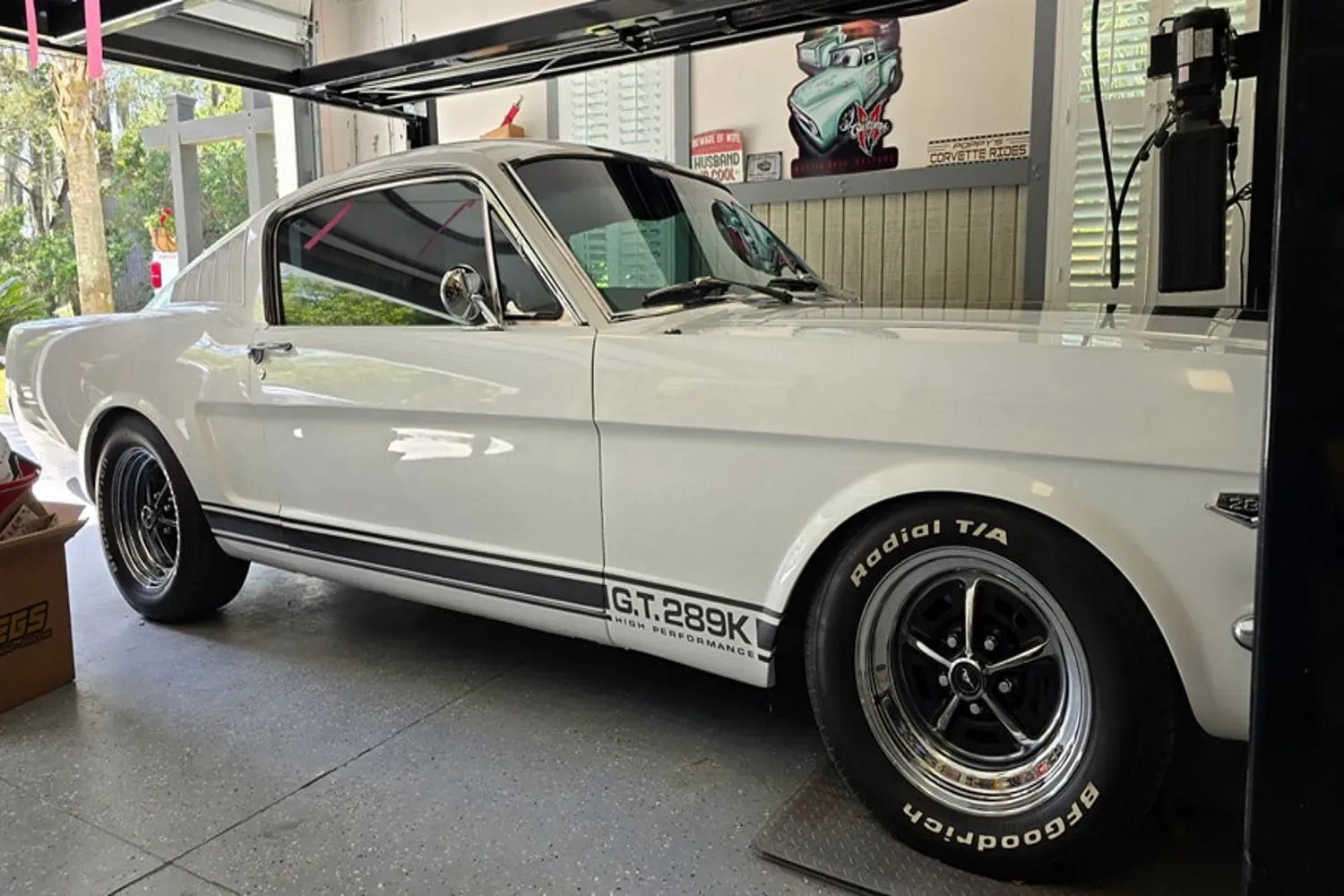
3. Precision and Attention to Detail
Professional vehicle protection services go beyond just washing and waxing. They involve meticulous attention to detail, ensuring that every inch of your vehicle is protected and enhanced. From carefully applying ceramic coatings to polishing your paint to a mirror-like finish, professionals take the time to ensure perfection. DIY applications often lead to uneven results, missed spots, or even accidental damage, which can be costly to fix. Professionals ensure that every part of your car gets the proper treatment it deserves.
4. Long-Term Cost Savings
While professional protection services may require an initial investment, they save you money in the long run by preventing costly damage to your vehicle’s paint and interior. Although skipping professional protection might seem like a cost-cutting measure, the cost of repainting or repairing damage later on is significantly higher than that of proactive protection.
5. Better Resale Value and Trade-In Appeal
If you plan to sell or trade in your vehicle in the future, keeping it in top condition is essential. A well-maintained, glossy, and damage-free car will command a higher price compared to one with faded paint, swirl marks, and interior stains. Professional protection services pay for themselves by increasing your car’s resale value and making it easier to sell when the time comes.
6. Time-Saving Convenience
Let’s face it—properly protecting a vehicle requires time, effort, and the right tools. DIY car detailing and protection can take several hours or even days, and without the right expertise, the results may still be subpar. Rather than spending your free time struggling with DIY applications, professional services let you enjoy a flawless, protected vehicle with minimal effort.
7. Comprehensive Protection Beyond Just Paint
While many people think of protection services as being only for the exterior, professionals offer full vehicle protection, including:
Interior Protection: Leather, fabric, and plastic conditioning to prevent cracking and stains.
Glass Coatings: Hydrophobic coatings for improved visibility in rain.
Wheel & Tire Protection: Special coatings to prevent brake dust buildup and corrosion.
Underbody Protection: Protection against rust and road salt damage.
Professional services ensure that every part of your vehicle is safeguarded, not just the paint.
Final Thoughts: Invest in Your Vehicle’s Future
Your new vehicle deserves the best protection available, and with full detailing, ceramic coating, paint correction, and professional polishing, you can maintain its showroom shine for years to come. Whether you’re looking for enhanced gloss, superior protection, or easier maintenance, these services are essential for preserving your car’s beauty and longevity.
For a comprehensive vehicle care plan, consider enhancing your protection strategy with professional detailing services at Northern Lights Home & Auto Coatings. With our team dedicated to maintaining and preserving automotive beauty, you're solidifying your car's longevity and boosting its value even further.
To ensure lasting protection for your investment and enjoy worry-free driving,
reach out today by calling (912) 656-6947.
